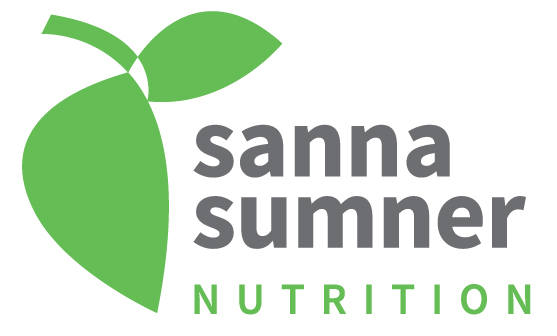You've probably noticed that most of my recipes are wheat-free. Why? Well, since my early adulthood I've had a love-to-hate relationship with wheat. I loved it but my body hated it.
Credit: Tony Martorano
This stormy relationship began during my twenties when I started to suffer from digestive issues; frequent stomach bugs, bloating, flatulence and generally upset tummy. Then fatigue, mood swings and painful mouth ulcers appeared. After a visit to a nutritionist made me realise that I was wheat intolerant. I was devastated as I lived on pasta and sandwiches! Quitting wheat was difficult however already after 2 weeks, I had more energy and felt less bloated.
Now what makes wheat so bad? Wheat's nutritional status depend on the soil it is grown in, use of chemical fertilisers and pesticides and milling process. High processed wheat such as white bread and pasta are stripped off the beneficial minerals; iron, magnesium, vitamin E, zinc and added with sodium. Gluten, found in wheat's endosperm, is a glue-like substance that can be difficult to digest. The process also requires a lot of energy to do so which can result in fatigue after eating wheat.
If you suffer from headaches, tiredness, mood swings, weight gain and unable to concentrate, take time to consider what wheat products you eat and the quantities. You may start your day either with wheat-based cereal or toast, sandwich for lunch and pasta for dinner. And then there are snacks; crackers, biscuits, cakes etc. Wheat can also be found in many shop-bought sauces (soy), soups, even in some chocolates and ice-cream so make sure that you read the labels!
There are plenty wheat-free options you can have: porridge for breakfast, bean soup for lunch and grilled fish for dinner. Also experiment with wheat-free flours for baking and cooking such as amaranth, buckwheat (great for pancakes!), quinoa, rice. So you can still enjoy delicious food which doesn't have a negative effect on your body!


